Victorian distributed network service provider AusNet has begun work on an ‘islandable’ microgrid that will integrate a centrally located 4.99 MW / 5.2 MWh battery energy storage system and a series of residential solar and battery systems to power Corryong homes, businesses, and community facilities during a network outage.
The centralised battery will connect with 33 residential rooftop solar systems and batteries. The rooftop PV systems vary from 6 kW to 11 kW in size while the residential batteries scale from 11 kWh to 19 kWh capacity. AusNet said each of these installations is coupled with a smart energy management platform provided by its retail offshoot, Mondo, to optimise and coordinate energy use. The microgrid will also include 3 MW of diesel generation.
AusNet said the Corryong microgrid, which is forecast to be completed by early 2026, will be ‘islandable,’ able to operate independently of the grid and provide power to more than 900 households and businesses for up to five days during network outages.
“When the upstream network encounters a fault, the Corryong township will disconnect from the network and fully rely on the microgrid battery as the main point of supply,” the electricity network company said.
“When the battery is nearly exhausted, three generators installed at the microgrid site will engage to supply the township for approximately five days. Unused solar generation within the microgrid boundary can also contribute to the battery charging.”
Corryong, about 120 kilometres east of Wodonga in the state’s northeast, was among the Victorian towns hardest hit by the 2019-20 Black Summer bushfires.
Federal Emergency Management Minister Murray Watt said the microgrid will provide improved energy resilience in the face of increasing extreme weather.
Popular content
“In the past, the region has experienced disconnection from the electricity grid for over a month due to bushfires, so this new microgrid will make a significant difference in keeping the community safer and better connected,” he said.
Funding for the $28.6 million (USD 19.06 million) Corryong microgrid has come from the federal government’s Disaster Ready Fund, AusNet, and the Victorian government.
The project is an expansion of the state government’s nearly completed Community Microgrids and Sustainable Energy Program which has funded the installation of resilient energy systems in 26 towns identified as being at high-risk of network disruptions during extreme weather events.
This content is protected by copyright and may not be reused. If you want to cooperate with us and would like to reuse some of our content, please contact: editors@pv-magazine.com.
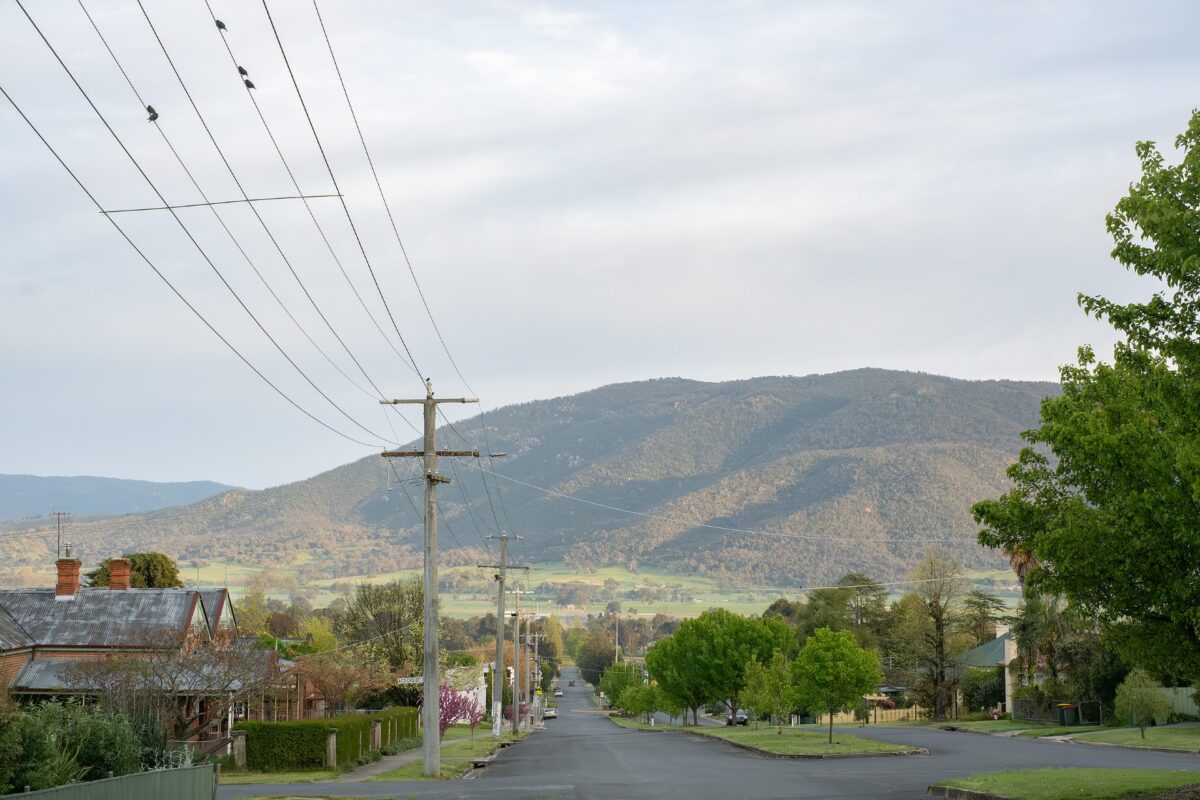




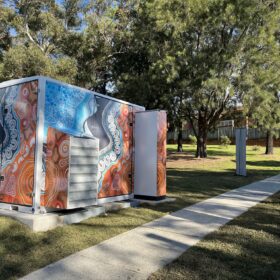
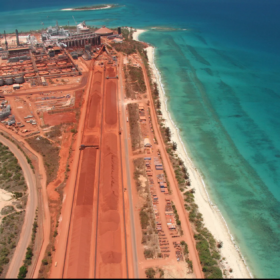
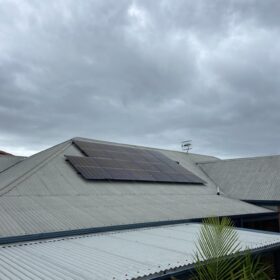
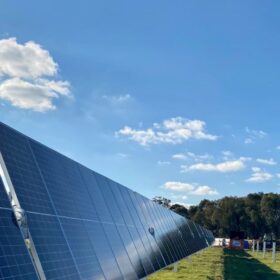
1 comment
By submitting this form you agree to pv magazine using your data for the purposes of publishing your comment.
Your personal data will only be disclosed or otherwise transmitted to third parties for the purposes of spam filtering or if this is necessary for technical maintenance of the website. Any other transfer to third parties will not take place unless this is justified on the basis of applicable data protection regulations or if pv magazine is legally obliged to do so.
You may revoke this consent at any time with effect for the future, in which case your personal data will be deleted immediately. Otherwise, your data will be deleted if pv magazine has processed your request or the purpose of data storage is fulfilled.
Further information on data privacy can be found in our Data Protection Policy.